Timekeepers: What Giant Tortoises Teach Us About Health, Science, and Hope
When you encounter a giant tortoise in Galapagos, you’re not just seeing an animal—you’re seeing centuries of history moving slowly but steadily. These creatures, symbols of resilience and natural wisdom, have inhabited the archipelago long before humans arrived. Today, their survival depends on us and on the science striving to understand and protect them.
One of the passionate people behind this mission is Gislayne Mendoza, a researcher at the Charles Darwin Foundation (CDF). Her work blends passion, science, and a deep commitment to her homeland: the Galapagos Islands.
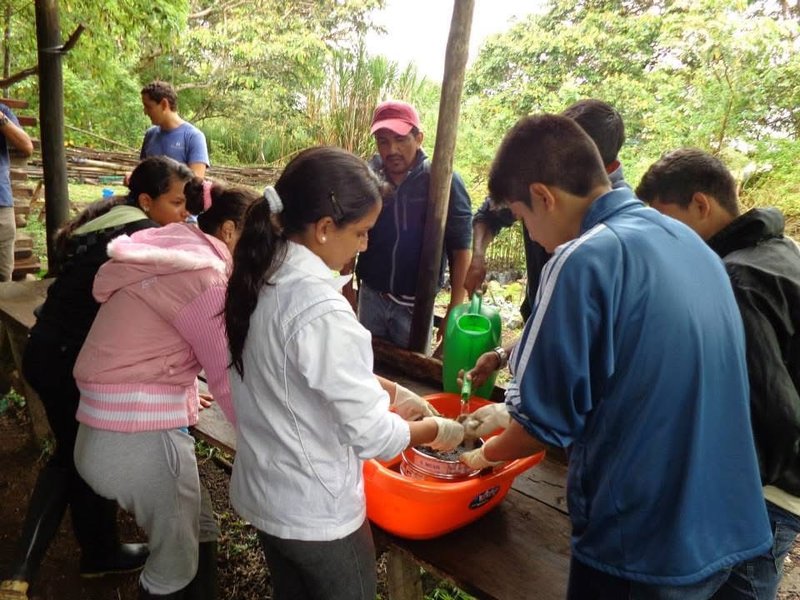
A Scientific Journey with Local Roots
Gislayne didn’t come to tortoises by chance. She grew up in Galapagos and was inspired from a young age by conservation programs on her island, San Cristóbal. Her real starting point was a 2013 workshop with Ecology Project International (EPI), where she had her first direct experience with giant tortoises:
“I learned to camp, teamwork, and most importantly, interact with tortoises. We processed their feces to study what seeds they ate. That’s when I understood why they’re called ecosystem engineers.”
Today, that curious little girl has become a scientist contributing essential research to the health of these unique reptiles.
Viruses in Giant Tortoises: A Discovery That Changes Conservation Plans
The Giant Tortoise Conservation team has focused on assessing the health status of these iconic species across the archipelago, including the presence of viruses that could threaten them.
In 2022, they published the first findings of adenovirus and herpesvirus in wild tortoises from Santa Cruz, Española, and Isabela. This year, a new study led by Gislayne identifies different types of adenoviruses in tortoises from San Cristóbal and southern Isabela, suggesting that each population may be living with distinct viruses. In the Cinco Cerros region, for example, adenovirus prevalence has been reported at 56%, while in other areas like Española and Wolf Volcano, no presence has been detected. This suggests that viruses are not evenly distributed across the islands and species.
“Not all viruses are a threat. What matters is knowing which viruses are present, in which populations, and how frequently—so we can avoid movements between areas that might endanger other tortoises,” Gislayne explains.
This knowledge allows authorities like the Galapagos National Park to improve breeding, reintroduction, and management programs.
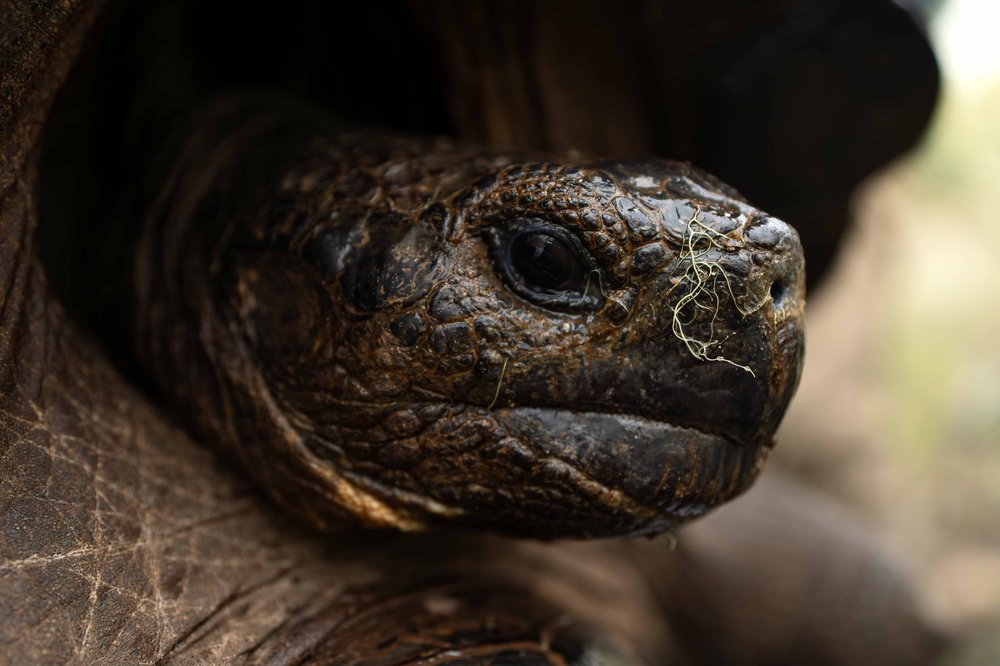
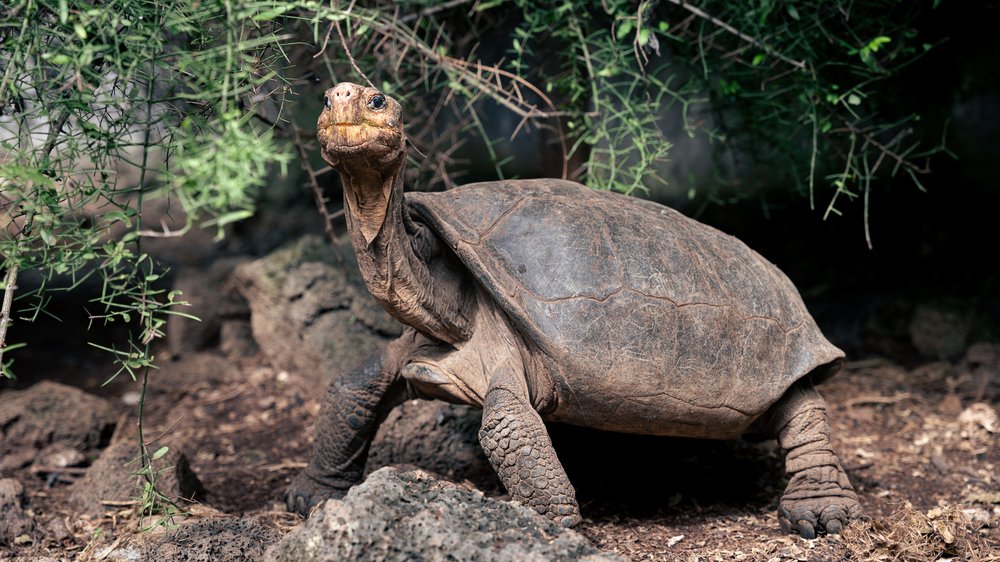
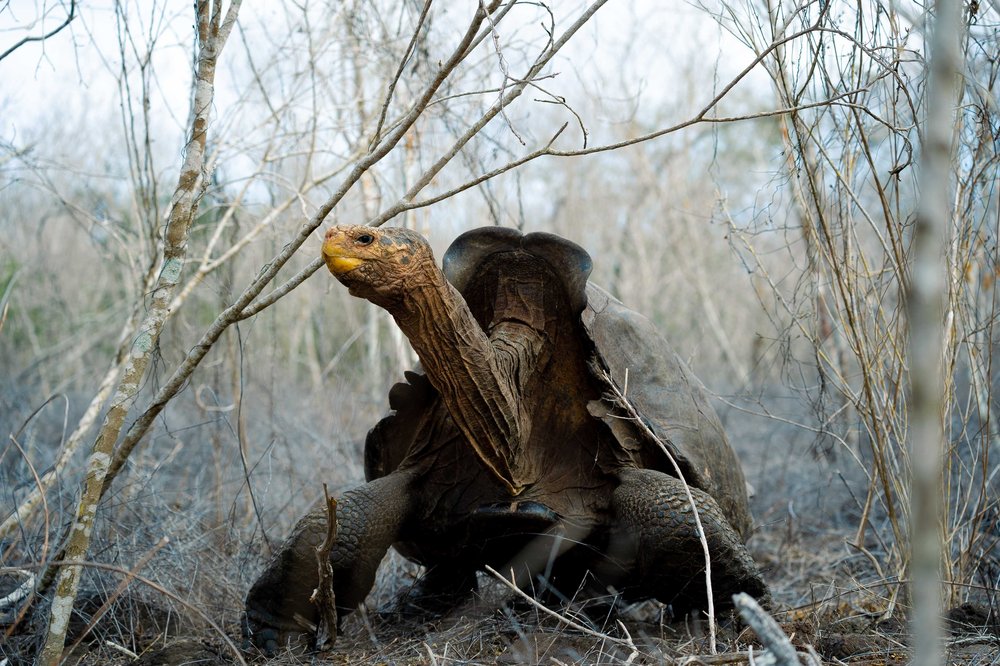
Science with Boots in the Mud (and Lava)
Studying giant tortoises is no easy task. They roam vast areas, live in remote regions, and show few signs of illness until late stages. The fieldwork itself is physically demanding: hours of hiking with heavy gear, setting up makeshift labs in the forest, and using stones as tables and trees for shade.
Beyond virus detection, Gislayne and her team are contributing new baseline blood values for tortoises and have helped identify bacteria, fungi, and pathogens previously unrecorded by science.
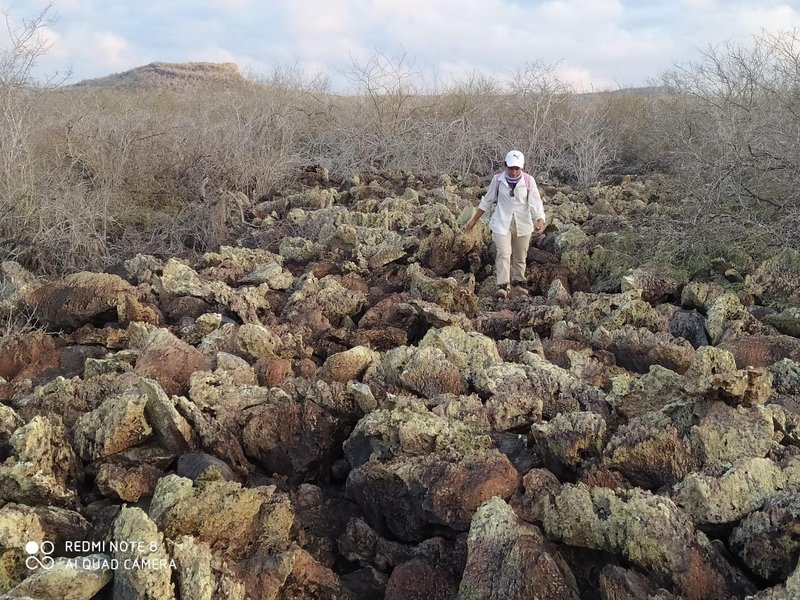
One Health: Where Wildlife, Environment, and People Interconnect
The “One Health” approach gained prominence after the COVID-19 pandemic, not only as a way to understand it, but also to face current global challenges. The concept, introduced in the early 2000s, gave a name to what was known for over a century: human, animal, and environmental health are interconnected and interdependent. Gislayne and her team apply this perspective in their various research projects.
“Applying it in Galapagos not only protects tortoises, but also other species and those of us who share their habitat,” she says.
It’s crucial to pause and reflect: if everything is connected, any harm we cause in one area will affect the others, like a domino effect. If we keep displacing animals from their natural habitats and trampling on the rights of Mother Nature, there will inevitably be serious consequences for our own species.
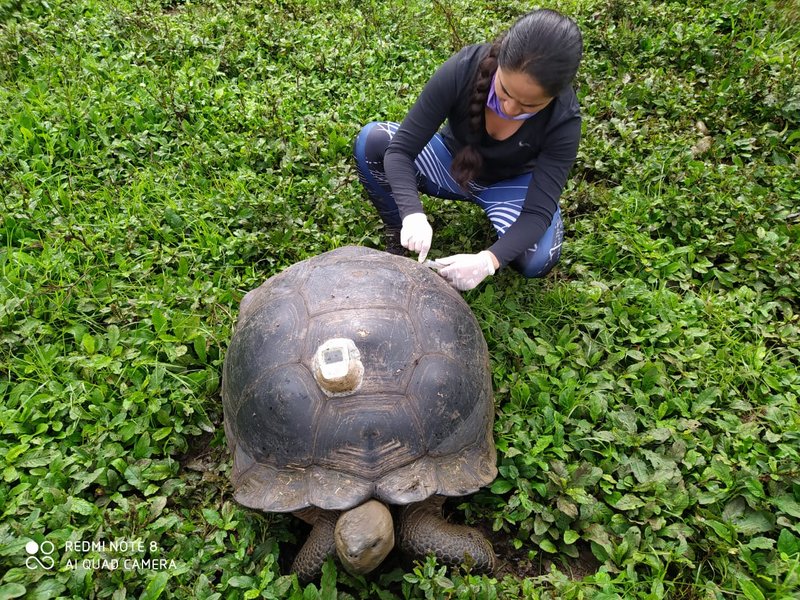
A Call from Galapagos
On this World Turtle Day, Gislayne Mendoza’s story reminds us that conservation happens not only in labs, but also in the dreams of those who deeply love their land.
Each collected sample, each monitored tortoise, and each published scientific article is a step toward preserving these ancient beings that still walk Galapagos, reminding us that science also has roots, soul, and purpose.
Did you know you can support research like this?
Explore how to get involved with the Charles Darwin Foundation and help conserve Galapagos giant tortoises.
Want to boost the science that protects giant tortoises?
Your donation helps fund essential research and direct conservation actions.
Make your contribution today and be part of the Impact.
Passionate about conservation? Get directly involved!
The Charles Darwin Foundation offers opportunities for people like you to support fieldwork, environmental education, and more.
Learn how to volunteer and support giant tortoises.
Spread the word for Galapagos giant tortoises
Even if you can’t be here, you can help by sharing our mission and raising awareness through our official social media platforms.




